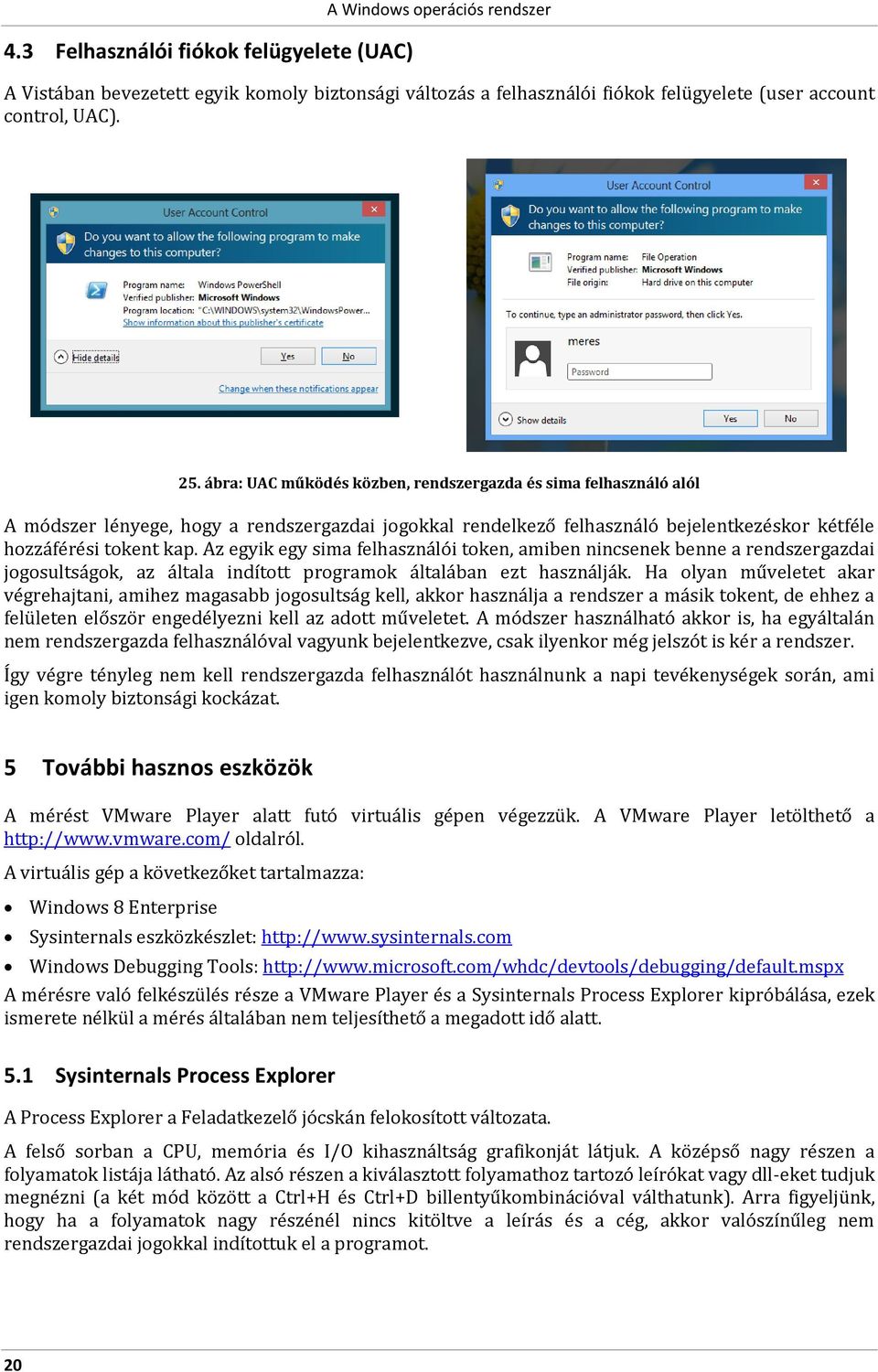
Sipovka Kostyanka Korolek
University information system of College of Entrepreneurship and Law allows the academic community, university staff and public to access a wide range of information. Many people have devoted much of their time and effort to help implement the system at the university. Therefore, we will truly appreciate if you direct any problems you encounter or comments you may have to the university system administrators. This way we will be able to help you or complement the information system with any relevant features.
In this conversation. Verified account Protected Tweets @; Suggested users.
We recommend that you contact us on our e-mail address. Notice: To enter the Personal Administration section you will presumably need to install a more up-to-date version of your Internet browser - at least, Internet Explorer 7.0. The development team apologizes for any inconvenience caused by technical innovations. Personal administration • • • Admission procedure • • Information about VŠPP • • • • • • • Study information • • • • • • About the information system • • • • • • •.
When I Die.mp3 14.32 MB 01. 分类: 收录时间: 2017-07-14 文件大小: 59.27 MB 文件数: 14 下载速度: 较慢 人气: 1 02_Octane_-_Through_The_Night.mp3 7.29 MB 12_Octane_-_Meet_The_Father.mp3 6.9 MB 11_Octane_-_Initiation.mp3 5.94 MB 收录时间: 2017-07-06 文件大小: 96.04 MB 文件数: 10 下载速度: 较慢 人气: 1 05 - When I Die.mp3 14.24 MB 01 - World Peace.mp3 12.39 MB 06 - Bed of Knives.mp3 12.36 MB 收录时间: 2017-06-30 文件大小: 96.76 MB 文件数: 10 下载速度: 较慢 人气: 4 05. 
In the early 1800's two dwellings stood on 'this side' of a bridge which connected the Ukrainian village of Sokolovka south and east with open fields north and west. One of these dwellings was a hostelry: the other was occupied by the candlemaker family, Kaprov. (1) A son of this family was the progenitor of the B'nai Khaim of this book. The bridge also connected two counties in the province of Kiev. Sokolovka lay in County Uman; the hostelry and the candlemaker's home lay in County Lipovetz. The city of Uman lies almost on a straight line, except for a slight dent westward, between Kiev, 120 miles to the north, and Odessa 163 miles to the south.
Lipovetz lies some 60 miles due west, and Sokolovka, some 20 miles due north of Uman. (See map) The bridge, if 60-year-old memories may be trusted, (2) was a quarter of a mile or so long. It was a brushwood, dirt-impacted dam built to form a lake from the flow of a stream that passed through the village of Popovka some two miles to the south-west. At the Sokolovka end of the bridge a sluice channeled the flow over the water-wheels of a flour mill.
In the middle of the bridge a larger sluice. About 30 feet wide, cleared the overflow of the lake in a waterfall 20 feet or so high, a delight for summer bathers. The fall splashed onto a wooden platform some 30 feet square.
From here it slithered down three or four feet into a treacherous ravine. A couple of hundred yards ahead of the platform the flow disappeared, between two rows of birch trees, into an old channel toward the village of Konella about three miles north. A few peasant huts hugged the northward stream and disappearcd from view with it.
The lake was a bowl, shaped in the form of an open oyster shell. It was narrowest at the bridge and widest on the east-west stretch a mile or so away.
A small, tree-covered island at the southeast corner of the lake was an enticing goal for 'long-distance' swimmers. It lay about a thousand feet from the Jewish cemetery. Except for the hostelry and the candlemaker's home, 'this side' of the bridge was largely pasture land.
Twisters and dust blasts were frequent there, even years later when the area had become inhabited. From the bridge level the land rose sharply for a distance of about 500 feet and then flattened out toward the horizon. This is the way it was when Nicholas I became Tsar of all the Russias in 1825. At that time, in one of his early anti-Jewish edicts, a legend went, he declared that Jews who lived in villages but did not own or cultivate land must be expelled to live in towns of their own.(3) Most of the Jews, perhaps as many as 35 families, then living in Sokolovka were subject to that edict. They had been the local shopkeepers, traders and craftsmen and did not own or cultivate land.
So, expelled they were, to 'this side' of the bridge. Here they squatted in the Kaprov backyard until, during the ensuing months, they built themselves permanent habitations of a sort on the upland, west of the bridge.
The land they acquired, by purchase or lease, had belonged to an absentee Polish landlord whose wife's name, it is said, was Justina. The town that these families built was accordingly named Yustingrad in Ukrainian, or Justingrad in Polish, as seen in the town marker. Shablon sertifikata ob obuchenii. There it stood for a hundred years until, in the Civil War after the Bolshevik Revolution, it was razed in the course of several pogroms. It was in one of these pogroms, in August 1918, that White Guardists lined up and shot to death 138 Yustingrad Jews from 5 to 88 years of age.